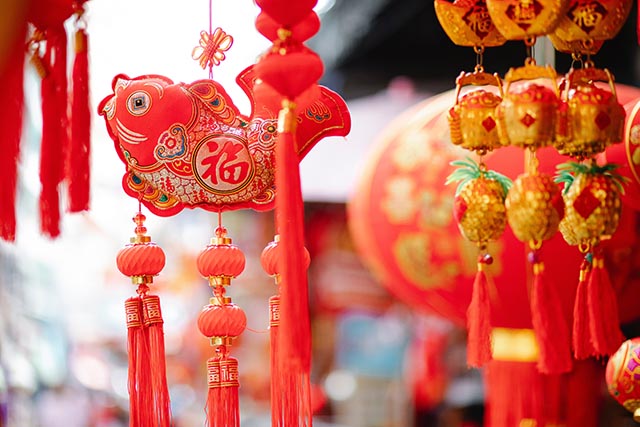
Chinese New Year, also known as Spring Festival, is one of the most important and widely celebrated festivals in China and other Asian countries. It is a time when families come together to honor ancestors, pay respects to deities, and pray for good fortune in the coming year. Understanding the origins, significance, customs, symbols, and festivities of Chinese New Year provides insights into the rich cultural heritage of this ancient tradition.
The Origins and Significance of Chinese New Year
Chinese New Year dates back over 4,000 years and has its roots in the mythological beast called Nian. According to legend, Nian would come out of hiding on New Year’s Eve to devour livestock, crops, and even people. To protect themselves, villagers would hang red lanterns, set off fireworks, and create loud noises to scare away the beast. This tradition of warding off Nian eventually evolved into the vibrant and joyous celebration we know today.
The significance of Chinese New Year lies in its focus on family, unity, and renewal. It is a time for families to reunite and honor their ancestors by visiting gravesites and offering food and incense. The festival serves as a reminder to cherish and strengthen family bonds. It is also a time to let go of the past and welcome new beginnings. Homes are thoroughly cleaned to remove any bad luck from the previous year, and red decorations are displayed to invite good fortune and happiness into the household.
Exploring the Customs, Symbols, and Festivities of Chinese New Year
Chinese New Year is celebrated over a period of fifteen days, with each day having its own customs and traditions. On the eve of Chinese New Year, families gather for a lavish reunion dinner, known as “Nian Ye Fan.” This meal symbolizes unity and abundance, with dishes representing prosperity, longevity, and good luck. Traditional foods like dumplings, fish, and rice cakes are served, each with their own symbolic meaning.
Throughout the festival, red envelopes containing money, known as “Hongbao,” are given to children and unmarried adults as a gesture of good luck and blessings. The colour red is believed to ward off evil spirits, and the act of giving and receiving Hongbao symbolizes sharing one’s fortune and spreading prosperity.
Another iconic symbol of Chinese New Year is the dragon and lion dance. These vibrant and energetic performances are believed to bring good luck and drive away evil spirits. The dragon, with its long body and multiple dancers, symbolizes power, wisdom, and wealth. The lion dance, with its intricate movements and playful nature, represents strength, courage, and protection.
Chinese New Year is a celebration deeply rooted in tradition and symbolism. It is a time to honor the past, welcome the future, and bring good fortune into our lives. Through understanding the origins, significance, customs, symbols, and festivities of Chinese New Year, we gain a deeper appreciation for the cultural heritage and values that are passed down from generation to generation. So, as the lanterns are lit, the fireworks burst in the sky, and the vibrant dragon dances through the streets, let us join in the joyous spirit and embrace the traditions of Chinese New Year.
